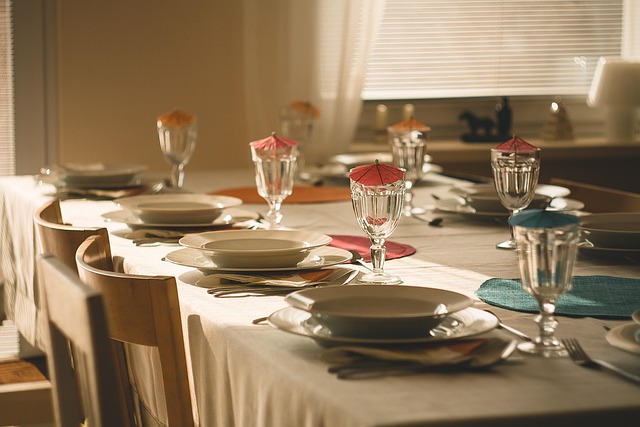When stepping into the mesmerizing world of photography, the significance of settings cannot be overstated. Each choice we make behind the camera influences not just the outcome of our images but the emotions they evoke in viewers. Understanding exposure settings is the key to mastering the craft of photography, transforming ordinary shots into stunning visual narratives.
At the heart of exposure lies the triad of aperture, shutter speed, and ISO—often referred to as the exposure triangle. Each element plays a crucial role in how light interacts with the camera’s sensor, ultimately shaping the mood and tone of a photograph.
Aperture controls the amount of light entering the lens. A larger aperture (represented by a lower f-number) allows more light, creating a shallow depth of field. This technique is often used in portrait photography, where a subject stands out against a beautifully blurred background. On the other hand, a smaller aperture lets in less light, producing images with greater depth of field—ideal for landscape photography where you want every detail, from the foreground to the distant horizon, to be in sharp focus.
Shutter speed is another critical setting that affects exposure. A fast shutter speed can freeze motion, perfect for capturing the exhilarating rush of a speeding car or the fleeting expression of a child at play. In contrast, a slower shutter speed offers a world of creative possibilities; you can create stunning light trails or ethereal water effects in landscapes by allowing the camera to record movement over time.
The ISO setting, meanwhile, adjusts the camera’s sensitivity to light. While a lower ISO (100-400) is ideal for bright environments, higher ISO settings can be a lifesaver in low-light conditions. However, higher ISO settings can introduce noise into your images, so it’s a balancing act to find the sweet spot for clarity and brightness.
Merging these settings effectively goes beyond technical knowledge; it’s about tapping into your artistic vision. Imagine standing in a sun-drenched field with your camera in hand. The dazzling golden hour light dances through the blades of grass, inviting you to capture its warmth. By adjusting your aperture, you can emphasize the vibrant colors of the flowers while softly blurring the background, enabling your audience to feel the serenity and beauty of that moment.
Your choice of optics further enhances the storytelling aspect of your photography. Different lenses come with unique characteristics that can influence the final image. A wide-angle lens can capture sprawling landscapes, bringing the viewer into the scene. In contrast, a telephoto lens can isolate elements and compress the background, allowing you to focus on the intricate details that tell a powerful story.
As you delve deeper into the intricacies of exposure settings, don’t shy away from experimentation. Shoot with different settings, capture the same scene multiple times, and analyze the differences in your final results. This practice not only builds your technical skills but also nourishes your creative instincts, helping you to recognize which settings resonate with your artistic style.
Photography is an evocative journey, one that captures fleeting moments and emotions. By mastering exposure settings, you’ll unlock a realm of possibilities that enhance your ability to tell compelling stories through your camera lens. Embrace the art of adjusting your settings, and watch as your photographs transform into striking visuals that speak volumes.



